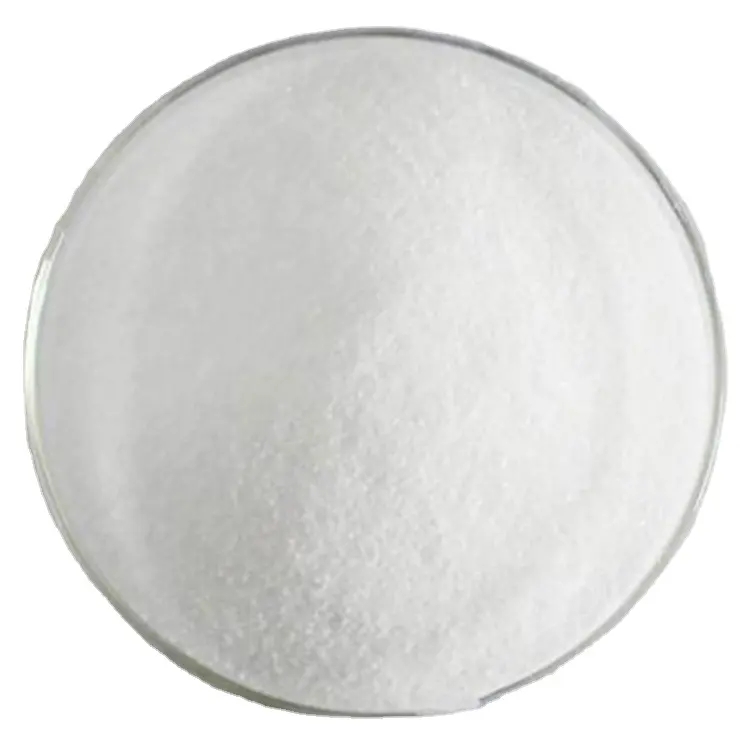
Novemba . 29, 2024 10:02 Back to list
Understanding Titanium IV Oxide Properties and Applications in Various Industries
Titanium IV Oxide An Overview of Its Properties and Applications
Titanium IV oxide, also known as titanium dioxide (TiO2), is one of the most widely used compounds in various industries. This conspicuous white powder is known for its exceptional properties, including high refractive index, strong ultraviolet (UV) light-absorbing capabilities, and chemical stability. These attributes make it invaluable in applications ranging from pigment production to photocatalysis and beyond.
Chemical and Physical Properties
Titanium dioxide is a binary compound formed from titanium and oxygen. It primarily exists in three different crystalline forms rutile, anatase, and brookite. The most common and commercially significant form is rutile, which is known for its high refractive index and superior UV resistance. Anatase, on the other hand, is often used in photocatalytic applications due to its high electron mobility.
TiO2 is an inert and non-toxic material, making it suitable for applications in food, cosmetics, and pharmaceuticals. Its stability under various environmental conditions enhances its appeal, paving the way for its use in both indoor and outdoor applications. With a melting point of about 1,843°C, titanium dioxide can withstand high temperatures, adding to its versatility.
Industrial Applications
One of the primary uses of titanium IV oxide is as a pigment in paints, coatings, and plastics. Due to its brilliance and opacity, TiO2 provides excellent whiteness and brightness, significantly enhancing the aesthetic appeal of products. In the paint and coatings industry, it serves not only to impart color but also to improve durability and resistance to fading under sunlight exposure.
Another important application of titanium dioxide is in the production of sunscreen and cosmetic products. Its ability to absorb UV light protects against harmful radiation, reducing the risk of skin damage. TiO2 is often found in formulations for creams and lotions, where it acts as a physical barrier that reflects UV rays.
titanium iv oxide

In recent years, the potential of titanium IV oxide as a photocatalyst has garnered significant attention. When illuminated, TiO2 can generate reactive oxygen species that can break down organic pollutants and bacteria. This property makes it an ideal candidate for environmental remediation applications, such as in wastewater treatment and air purification systems. The use of titanium dioxide in self-cleaning surfaces, where it helps decompose organic dirt under sunlight, has also gained popularity due to its effectiveness in maintaining cleanliness without the need for chemical cleaning agents.
Emerging Technologies
Research into titanium IV oxide is continually evolving, particularly regarding its role in renewable energy technologies. One promising area is in dye-sensitized solar cells (DSSCs), where TiO2 acts as an electron transport material. Its excellent electrical conductive properties enhance the efficiency of these solar cells, making them a focus of sustainable energy research.
Furthermore, titanium dioxide is being explored in the field of nanotechnology. Nanoscale TiO2 exhibits unique properties that can be leveraged in various applications, including drug delivery systems and advanced electronic devices. The nanoparticles can penetrate biological membranes, providing opportunities for targeted therapies.
Environmental Impact and Safety
While titanium IV oxide is generally regarded as safe, concerns exist regarding the potential impacts of its nanoparticle forms on health and the environment. Regulatory bodies have begun examining the implications of titanium dioxide in products, especially in consumer goods. Studies suggest that while bulk TiO2 is non-toxic, inhalation of fine particles can pose health risks, necessitating continued research and regulation for its safe use.
Conclusion
Titanium IV oxide is a versatile and valuable material with applications that span multiple industries. Its exceptional properties, ranging from pigment production to advanced environmental technologies, demonstrate its critical role in modern society. As research continues to unveil new uses and improve existing applications, titanium dioxide is poised to remain a cornerstone in various fields, promoting sustainability and innovation for the future. Whether in paint, sunscreen, or cutting-edge solar technologies, TiO2 exemplifies the intersection of chemistry and practicality in addressing contemporary challenges.
-
High-Quality Titanium Dioxide 298 for Versatile Industrial Applications
NewsJul.23,2025
-
High-Quality Titanium Dioxide for Pigments & Industrial Applications
NewsJul.22,2025
-
Premium Titanium Dioxide E Grade | Bright & Cost-Effective
NewsJul.21,2025
-
Premium Titania TiO2 Supplier & Manufacturer | Buy Online
NewsJul.20,2025
-
High Quality China Black Iron Oxide Powder Supplier Competitive Price & Fast Delivery
NewsJul.08,2025
-
High Quality Titanium Dioxide Used in Rubber – Trusted Supplier & Factory Price
NewsJul.08,2025
